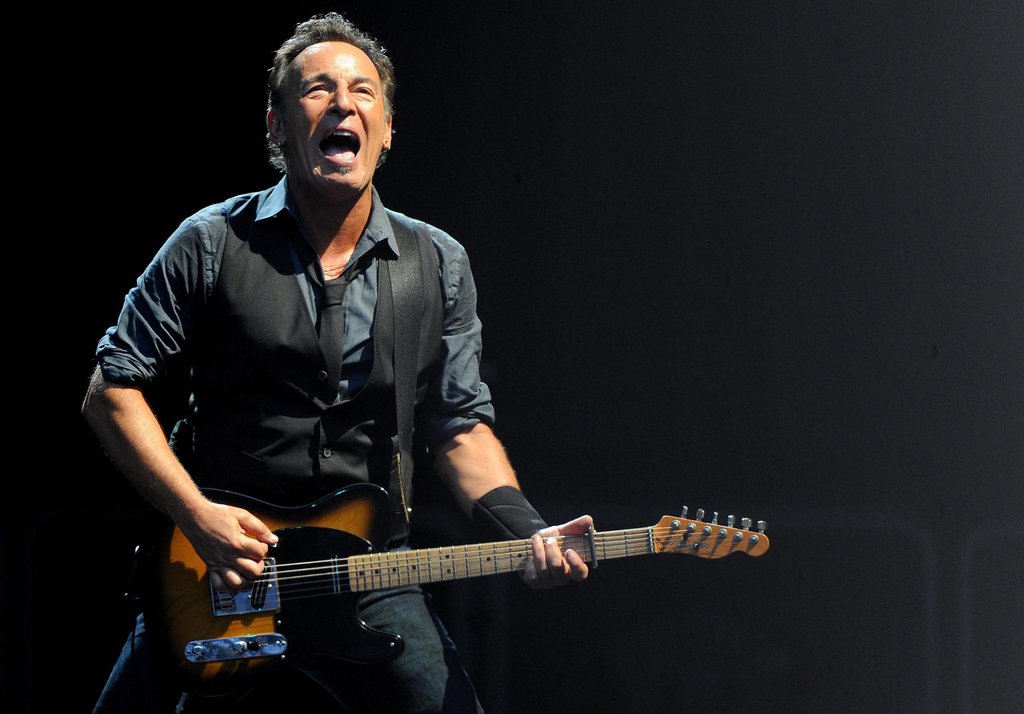In 2014, Bruce Springsteen included the E Street Band in the Rock & Roll Hall of Fame. During his 16-minute speech, the 64-year-old singer from Long Branch, NJ, who was elected in 1999, praised the various members of his main backing band, from his first encounter with Vini “Mad Dog” Lopez in April 1966 and ending with Nils Lofgren and Patti Scialfa in 1984.
Bruce Springsteen’s Tribute
It was a hilarious, brilliant, and beautiful tribute to the ever-changing group of musicians who have joined Bruce onstage over 50 years and 21 studio albums. It was also emotive, brash, self-centered, and slightly embarrassing. It was, in a word, extremely Bruce Springsteen. Here are Bruce’s top five albums.
#5. Magic (Columbia Records, 2007)

We Shall Overcome: The Seeger Sessions, released in 2006, marked a turning point in Bruce Springsteen’s career and served as a required palate cleanser for his followers. It seemed to offer The Boss a fresh lease on life by eliminating reflection. It also resulted in his most enthusiastic record of straight-ahead rock to date. However, Magic’s seemingly carefree E Street Band sound is a precisely layered, Brendan O’Brien-produced illusion that deliberately references the group’s earlier triumphs. Similarly, Springsteen’s new concept-free writing approach is rich in reference and metaphor, his voice’s cracks bringing fall melancholy to summer-pop daydreams.
#4. The River (Columbia Records, 1980)

This double album of leftovers from the sessions for Darkness on the Edge of Town originated as pop to guitarist Steve Van Zandt, who was astounded at Bruce Springsteen’s ability to make and discard three-minute pop gold. The River’s surface sparkles with AM radio throwbacks such as “Sherry Darling”, “Crush on You”, and “Ramrod”, while its depths are filled with grim failed storylines, such as “Independence Day” and “Stolen Car”. Album closer “Wrack on the Highway” alludes to the unreliable narrators of 1982’s Nebraska, while the existential chest-beating of “Hungry Heart” is today seen as the flawless template for Born In The USA’s dissociative pop.
#3. Born to Run (Columbia Records, 1975)

Following two critically acclaimed flops, Bruce Springsteen and his newly assembled E Street Band spent 18 months attempting to capture the singer’s epic blue-collar fantasies. It had begun as a candy-colored flame-job, with orchestra, choirs, and revving engines, butt journalist, and future manager Jon Landau, assisted a manic Springsteen and miserable band in stripping the beast down, allowing Roy Brittan’s piano, Clarence Clemons’ King Curtis lamentations, and Bruce’s autobiography to install the pop urgency with a melancholic truth.
#2. Nebraska (Columbia Records, 1982)

Bruce Springsteen recorded four-track Portastudio demos in his Colts Neck, New Jersey home on January 3rd, 1982, where he captured the troubling nightly images that permeated The River. Originally intended as a quick training for the E Street Band, it’s tough to imagine what the band thought of Springsteen’s resultant gray cassette.
#1. Darkness on the Edge of Town (Columbia Records, 1978)

The 27-year-old Bruce Springsteen, blindsided by fame and prevented from entering the studio by legal issues with former manager Mike Appel, isolated himself and a starving E Street Band in his New Jersey farmhouse and began disassembling Born to Run’s B-grade romance and Wall Of Sound production. Dark became a fractured vessel for the dusk-hour thoughts of Born To Run’s hometown heroes when pop candy was kept back for The River.
